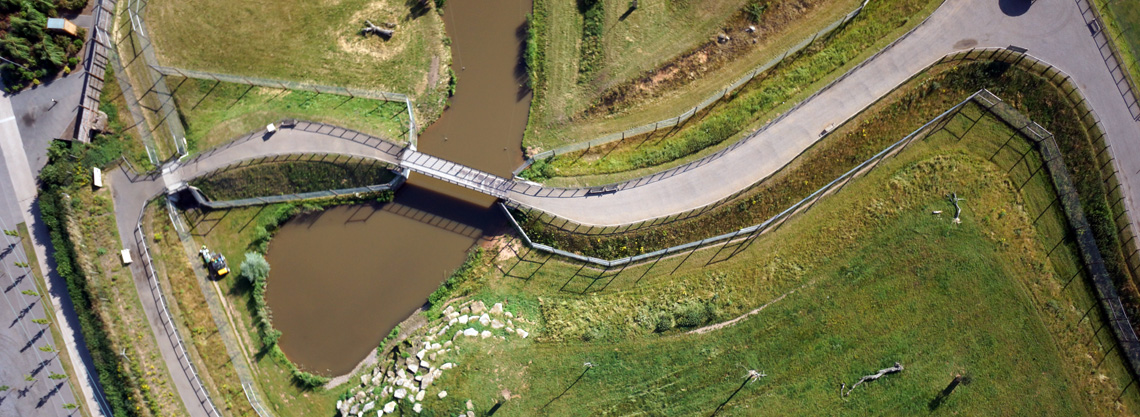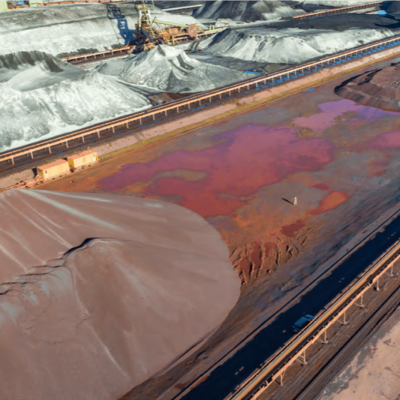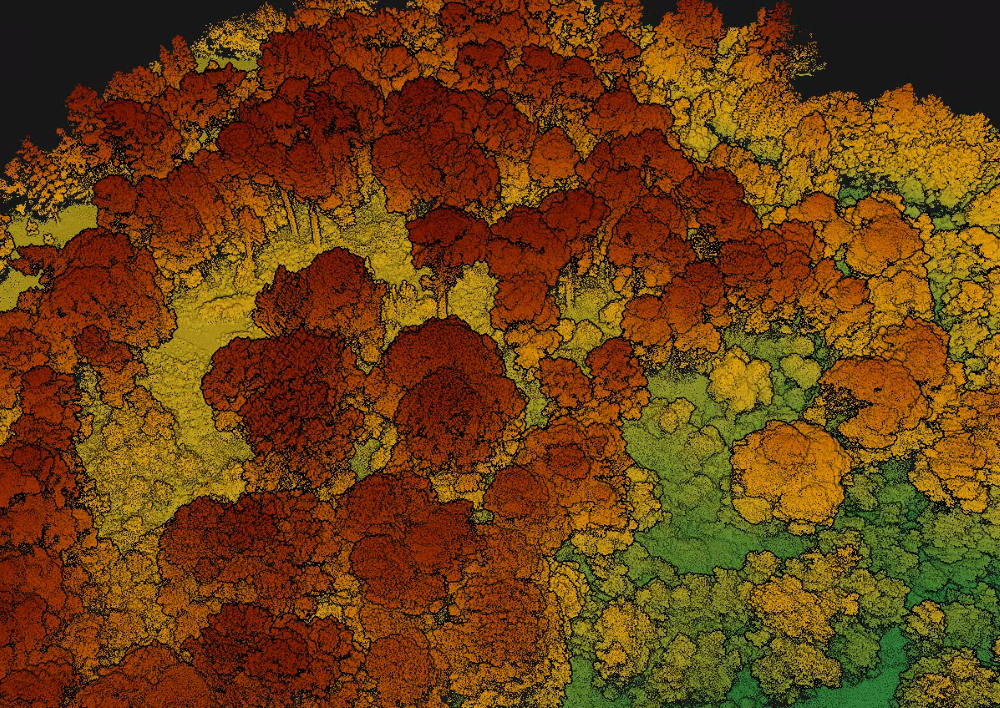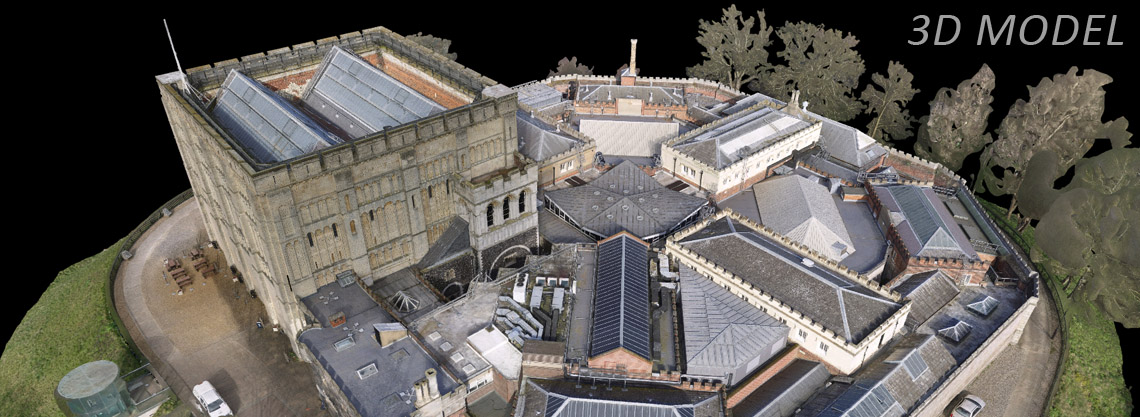The application of drones for environmental management and monitoring has increased rapidly in recent years, with Skeye at the cutting edge of research. Drones can be used for a range of environmental monitoring practises, examples include:
- Coastal surveys,
- Habitat monitoring,
- Vegetation mapping (NDVI),
- Flood monitoring and/or mapping,
- Animal counting and/or monitoring,
- Cliff stability and monitoring,
- Inspection of coastal sea defences.
Skeye can provide a range of services relating to environmental monitoring or management. Services include, survey grade topographic mapping, aerial photography and videography and long term monitoring solutions.




